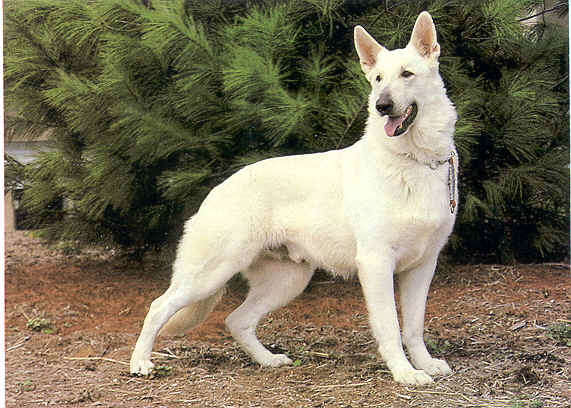
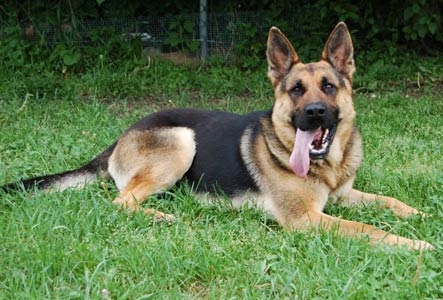
The present lineage of dogs was domesticated from gray wolves about 15,000 years ago.Remains of domesticated dogs have been found in Siberia and Belgium from about 33,000 years ago. The earlier specimens not only show shortening of the snout but widening of the muzzle and some crowding of teeth making them clearly domesticated dogs and not wolves. There are more sites of varying ages in and around Europe and Asia younger than 33,000 years ago but significantly older than 15,000 years ago. None of these early domestication lineages seem to have survived the Last Glacial Maximum. Although mDNA suggest a split between dogs and wolves around 100,000 years ago no specimens predate 33,000 years ago that are clearly morphologically domesticated dog.


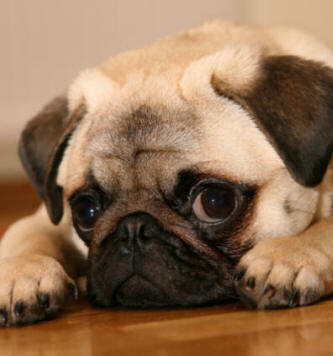
Dogs' value to early human hunter-gatherers led to them quickly becoming ubiquitous across world cultures. Dogs perform many roles for people, such as hunting, herding, pulling loads, protection, assisting police and military, companionship, and, more recently, aiding handicapped individuals. This impact on human society has given them the nickname "Man's Best Friend" in the Western world. In some cultures, dogs are also an important source of meat.[9][10] In 2001, there were estimated to be 400 million dogs in the world.
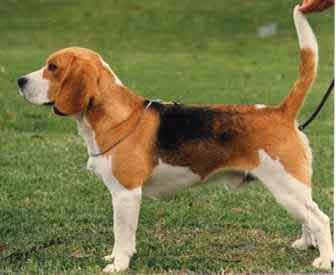
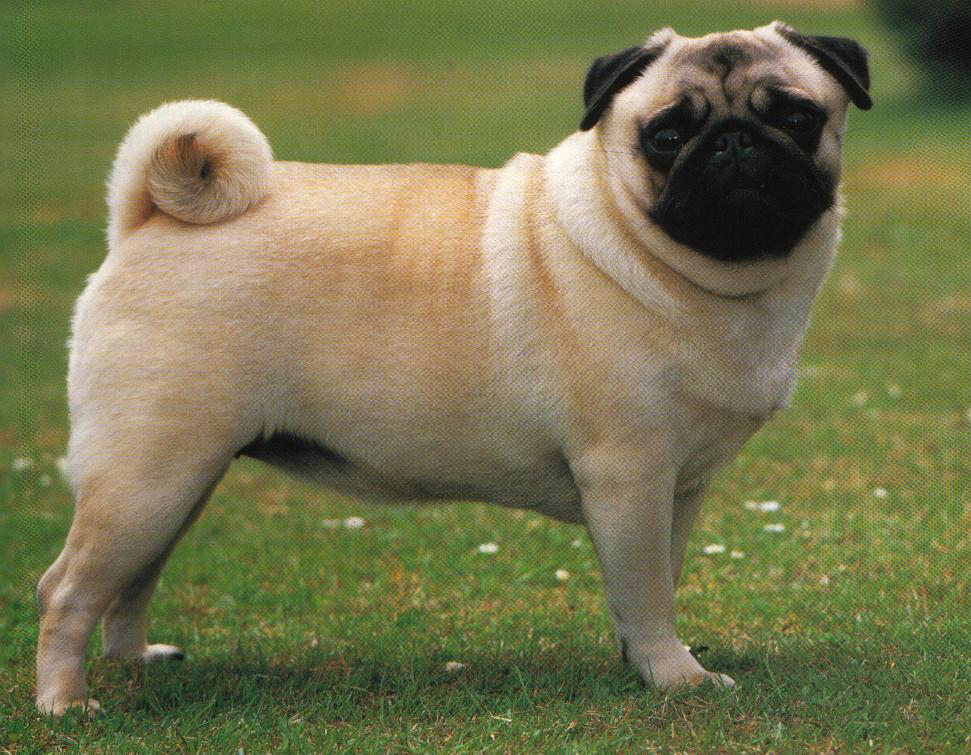
Most breeds of dogs are at most a few hundred years old, having been artificially selected for particular morphologies and behaviors by people for specific functional roles. Through this selective breeding, the dog has developed into hundreds of varied breeds, and shows more behavioral and morphological variation than any other land mammal.For example, height measured to the withers ranges from a 2 inches (51 mm) in the Chihuahua to a 2 feet (0.61 m) in the Irish Wolfhound; color varies from white through grays (usually called "blue") to black, and browns from light (tan) to dark ("red" or "chocolate") in a wide variation of patterns; coats can be short or long, coarse-haired to wool-like, straight, curly, or smooth.It is common for most breeds to shed this coat.
